Blossom Tours
After the first rains of the winter season, the foothills start to turn green. By late March, wildflower displays are common, usually lasting into May. In the high elevation subalpine and alpine zones of the Sierra, the wildflower displays arrive in June and last through July or August.
Fall brings vibrant leaf displays especially in the aspen groves.This transformation starts in late September and lasts through much of October.All of these are sights well worth seeing at some point in your life and returning to again and again if possible.
Closer to home, the orchards of the Central Valley put on their own extraordinary blossom show from the end of February through the beginning of March.
The best website available for blossom information and driving tours (you can also ride your bike along these routes) is offered by the UC Cooperative Extension at:http://cemerced.ucanr.edu/Blossom_Tours_262/.
These tours are a great way to enjoy the beauty of our local outdoors in the early spring.
Photo by Adam Blauert
The UC Extension’s estimates for blossom dates are as follows:
Almond blossoms usually peak between February 25th and 28th +/- 10 days, depending on weather.
Apricot blossoms can be expected between March 1st and March 10th +/- one week.
Peach and nectarine blossoms peak approximately March 10th +/- one week.
Their website offers several different tours including:
A Peach Blossom Tour of Northern Merced County (Atwater, Winton, Cressey, Ballico, Delhi areas)
An Almond Blossom Tour of Northern Merced County (Atwater, Winton, Cressey, Ballico, Delhi areas)
An Almond Blossom Tour of Eastern Merced County (Planada, Plainsburg, Le Grand areas)
An Apricot and Almond Tour of the Los Banos Area
Photo by Adam Blauert
The descriptions and maps for these tours can be found at: http://cemerced.ucanr.edu/Blossom_Tours_262/.
Almonds, apricots, peaches, nectarines, pistachios, and walnuts are the most common tree crops grown in Merced County.There are a very limited number of plums, prunes, figs, cherries, and Asian pears.
To learn how to identify the blossoms, the UC Extension has a downloadable guide:http://cemerced.ucanr.edu/files/40706.pdf.
The download doesn’t have photos, but you can find some at:http://cemerced.ucanr.edu/Pictorial_Guide_to_Fruit_and_Nut_Crops_Grown_in_Merced_County/.
There are also written descriptions on the Fresno County Blossom Trail site:http://www.goblossomtrail.com/.
Photo by Adam Blauert
Although not described on these sites, pistachio and walnut blossoms are small, not very showy, and greenish in color.The other trees are your best bet for photos.
These blossom drives provide endless vistas for photography.The best days for beautiful views are afternoons and mornings when the sun shines through the dark clouds of a departing storm and the days directly following storms.Warm afternoon to evening light adds warmth to the scenes.
The Fresno County Blossom Trail website has a gallery of photos that gives some examples of how photographers have successfully captured beautiful images of blossoms:http://www.gofresnocounty.com/BlossomTrail/Pictures.asp
If you’re already familiar with local blossom trails and are looking for something different, the Fresno County Blossom Trail offers some additional varieties of blossoms set against the foothills of eastern Fresno County.Fresno County has a larger number of plum, apple, and citrus trees.
For a map, information, and places to stop along the trail go to http://www.goblossomtrail.com/.
To enjoy a blossom drive, here are a few suggestions:
Pack water, jackets, snacks, cameras, and sunglasses.
Print out the map of your route (see the above links).
Be aware that bees are working in the orchards and be careful to avoid being stung.If you are allergic to bee stings, bring any bee allergy remedies that your doctor has prescribed for you.
Stay out of the orchards unless you have permission to enter them.The orchards are private property and you don’t have to enter them to get great photos.
Photo by Adam Blauert
Later in the season, the produce of our local farms is available from local vendors:
Merced Certified Farmers’ Market:http://mercedcfm.com/
Merced Fruit Barn:http://www.mercedfruitbarn.com/
Vista Ranch and Cellars - Merced:http://vistacellars.com/
Buchannan Hollow Nut Company – south of Merced:http://www.bhnc.com/
Riverdance Farms - Livingston:http://riverdancefarms.com/
Le Grand Farmers Market:https://www.facebook.com/legrandfarmersmarket
Marchini Farms Fruit Stand - Le Grand:http://www.jmarchinifarms.com/products/radicchio.html
Hilmar Cheese:http://www.hilmarcheese.com/
Wolfsen’s Meat and Sausage - Gustine:http://www.wolfsensausage.com/
Pageo Lavender Farm - Turlock:http://pageolavenderfarm.com/
Turlock Certified Farmers’ Market:http://www.turlockmarket.org/
Rodin Ranch Famers’ Market - Modesto:http://rodinranch.com/
Modesto Certified Farmers Market:http://modestocfm.com/
Fresno County Fruit Trails downloadable map and information:http://cemerced.ucanr.edu/files/71388.pdf
Madera Wine Trail:http://www.maderawinetrail.com/
Mariposa County Wineries:http://www.sierrawines.com/ava.aspx?id=24
Tuolumne County Wineries:http://www.sierrawines.com/ava.aspx?id=25
Some of these are featured on the downloadable map provided by Merced County Country Ventures:http://www.country-ventures.org/
Madera County Museum
Madera County Museum
It’s a great time to visit the Madera County Museum---unless it is very hot!
Why now and not during the summer? Well, the museum has many things – including one of the best collections of history in the Central Valley – but the one thing it doesn’t have is air conditioning. In fact, it’s often closed in the summer because of the heat.
Photo By Adam Blauert
Don’t let that be a deterrent
I was blown away by the museum’s extensive collection and the successful way in which it brings to life the history of our valley. It’s a “new favorite” on my list of local places.
Although not air conditioned, it is heated, so you can visit in comfort throughout the cooler months. If you plan to visit around the holidays, call and make sure the museum will be open. The museum holds special events throughout the year and is specially decorated for Christmas.
Like the Merced County Historical Society Museum, it is located in county’s old courthouse. You can find it at 210 W. Yosemite Avenue – only about 30 miles south of Merced.
The main floor is divided up into rooms based on important themes in Madera County history. Although there are some differences between its history and Merced County’s history, there are also many similarities.
The major exhibits include Native Americans, pioneers, agriculture and ranching, logging, early photography, a reproduction of a turn-of-the-century general store, and the involvement of Madera County citizens in America’s wars.
Every possible display space has been used to showcase a truly amazing collection of artifacts – including many things I haven’t seen in any other museum.
Some of my favorites include a full-size reproduction of a logging flume, an excellent collection of Native American basketry, an altar cloth from the temple in Madera’s Chinatown, and an example of a “duster” worn by stagecoach passengers to protect clothing from dusty roads.
Photo By Adam Blauert
Several rooms on the second floor recreate a turn-of-the-century home. The original courtroom remains much as it was when the building was constructed. One of the largest rooms contains representations of Madera storefronts and window displays of the past century.
A restored stagecoach
Once used on the road from Madera County to Yosemite National Park, is one of the highlights.
By the time we’d seen the second floor, I was already more than impressed and ready to write a glowing review about it on this website.
Then we headed down to the basement. The sign at the top had led me to expect a room or two of tools and machinery.
Photo By Adam Blauert
Instead I found that the entire basement was also crammed with exhibits including a meticulously recreated blacksmith shop, a miner’s cabin and mining relics, a display about the granite quarry at Knowles, and an extensive collection of antique household and office technology.
Photo By Adam Blauert
Throughout the museum history is brought to life by a well-chosen collection of historic photos. Allow at least an hour and a half… better yet, plan for two hours or more. We stayed until closing time and could have stayed longer.
Hours
The museum is only open from 1 to 4PM on Saturdays and Sundays.
For more information you can call (559) 673-0291.
Raymond Museum
photo by adam blauert
From 1886 until the completion of the Yosemite Valley Railroad in 1907, the closest you could get to Yosemite by rail was the town of Raymond in the foothills of Madera County. Far more comfortable than stagecoach, many visitors chose to take the train to Raymond in order to shorten their stagecoach ride. When President Teddy Roosevelt visited the park in 1905 to meet and camp with conservationist John Muir, this is the way he traveled.
Although the tracks are gone and most people have never heard of Raymond, the town still survives in the hills between Eastman and Hensley Lakes. Since 2008, it has boasted a great museum.
The Charles Miller House
The museum is located in the town’s first building – the Charles Miller House – built in 1886. What’s interesting about it is that it contains both the history of the town and a lot of information and photos of early travel to Yosemite.
The house is furnished to look the way it would have looked in the 1880’s – furnishings interspersed with extensive displays of historic photos and artifacts.
The nearby quarry at Knowles has provided “Sierra White” granite for many of the state’s greatest public buildings including the Los Angeles City Hall, the Campanile at UC Berkeley, and many of the civic buildings constructed in San Francisco after the 1906 earthquake.
The museum has a room devoted to Knowles and its quarry. Outside is a huge granite saw – the oldest in California.
If you have kids, they will enjoy the fully-restored Southern Pacific caboose in front of the museum. The interior is exactly the way it would have been when it was operational. It was recently brought back to this condition by dedicated local volunteers.
In addition to the Charles Miller House and the caboose, there’s a fully-restored carriage house with a wagon, a buggy, harnesses, tack, ranch equipment, and historic photos.
How to find
To find Raymond, head south from Merced on Highway 99 and exit at Robertson Boulevard in Chowchilla. Drive east over the freeway and follow signs to Raymond: East on Road 26, South (right) on Road 29, East (left) on Road 603, Left (north) on Road 600.
When you arrive in Raymond, the museum will be on your right. Look for the red caboose and you won’t miss it.
The address is 31956 Road 600 (also known as Raymond Road) – slightly less than an hour’s drive from Merced. It is open Sundays from noon to 4PM and by appointment.
Schools welcome
School and homeschool groups are welcome and there are tables where you can enjoy a picnic or sandwiches from the town’s general store. The Frontier Inn also offers food.
A good museum or historic site only has the opportunity to become a great one when there’s someone who knows all about it and has a passion to explain it to everyone who comes to visit.
Raymond area cattle ranchers Lynn and Wayne Northrop have poured thousands of hours into making this museum a fun place to learn about history and I really enjoyed meeting Lynn on my recent visit. She knows just about everything there is to know about Raymond, its history, and its many connections with Yosemite and her enthusiasm about it is contagious.
Although hot in summer, Raymond is an enjoyable place to visit in the fall, winter, or spring – especially during wildflower season (late March through May).
For more information about special events
go to: http://www.yosemitethisyear.com/events/index.php?eID=2236.
Raymond’s general store/bar has the unofficial status of a living museum. It hasn’t changed much since it opened in 1914. The left side of the building is occupied by the bar, while the right side is occupied by the store. The store offers sandwiches, and the Frontier Inn Tavern on Front Street (visible from the main road) also offers food.
Another place you can enjoy a good meal and historic photos at the same time is the Hills Pride Inn in nearby Knowles.
To visit Knowles, continue through Raymond on Road 600 and turn right on Road 415. Turn right again on Knolwes Road (Road 606).
After you pass the Hills Pride Inn on the right, look for the quarry on the left and the granite St. Anne’s Chapel on the right. This beautiful structure was originally built as the Knowles School in 1920, abandoned in 1942, and restored as a church in 1961-1962.
If you find Raymond’s transportation history interesting, you can find one of the stagecoaches that ran the Raymond to Yosemite route in the Madera County Museum.
For more information about the Raymond Museum, go to:
http://www.southyosemitemuseums.org/rm/
You can also contact the museum’s curator, Lynn Northrop, at wandernranch@sti.net
or by calling (559) 689-1886.
Fossil Discovery Center of Madera County
PHOTO BY ADAM BLAUERT
Fossil Discovery Center of Madera County
From Antiques Roadshow to American Pickers and Pawn Stars, popular TV shows have long featured treasures found in unlikely places. Just a few miles south of the Merced County line, a new museum displays treasures found in a dump.
Photo By Adam Blauert
Location
Situated along Highway 99 between Chowchilla and Madera, the small community of Fairmead is now home to the Fossil Discovery Center of Madera County. The excitement started in 1993 when sanitation workers at the Fairmead Landfill discovered part of a mammoth tusk.
Experts were called in and the discoveries have continued. Scientists have dated the Farimead fossils to the Middle Pleistocene age – roughly 500,000 to 780,000 years ago. Surprisingly, the fossils were only twelve feet below the surface!
Many of the most interesting results of the excavations have been on display since the museum opened last fall. On weekdays visitors can watch fossils being removed from the dirt and examined in the on-site lab.
Photo By Adam Blauert
Although especially good for children
Visitors can learn a lot about the natural history of our region. The Central Valley was underwater during the age of the dinosaurs, so the Fairmead fossils provide a glimpse into a later period when Pleistocene horses, Columbian mammoths, sabre-toothed cats, short-faced bears, dire wolves, camels, and several species of sloths roamed the area that we now call home.
Thousands of specimens representing 39 species have been discovered
Fresno State paleontologists oversee the continuing excavations.
Start your visit with the short well-produced video introduction to the museum. It provides a good overview of the site’s significance. You can tour the exhibits on your own but we definitely felt that we learned far more by taking a guided tour. Many displays feature items that can be touched and examined up close.
The weight of some of the fossils may be a surprise to some. Many are not completely fossilized and weigh more than might be expected. On some days children can participate in mock fossil digs in an outdoor area adjoining the museum. Call ahead to find out when these mock digs are offered.
The Fossil Discover Center is a great outing during the inclement weather of the colder months.
To get there, take Highway 99 south to exit 164 (Avenue 21 ½.) Turn left (west) and you will see the Center at the intersection of Avenue 21 ½ and Road 19 ½.
Photo By Adam Blauert
Video
Admission Prices and Hours
For more information go to: https://www.facebook.com/p/Fossil-Discovery-Center-of-Madera-County-100044939594993/
or call( 559) 665-7107.
Tours for groups or schools can be arranged.
Sierra Foothill Conservancy
PHOTO BY ADAM BLAUERT
Most of the best hiking trails between Merced and Yosemite National Park are located on land surrounding the large reservoirs that provide water for farms, businesses, and homes. Much of the remaining land is privately owned, providing homes for families and food for the world. In the last couple of decades, some of that land has been put into conservation easements. These easements ensure that it will continue to be a part of the economy as grazing land and also ensure that it will not become urbanized.
Easements are voluntary and permanent legal decisions made by the landowners. Essentially they sell their development rights while continuing to run productive livestock operations. Easements help to preserve open space and a ranching-based economy without government ownership of the land or removal of the land from the economy.
Many families who have chosen to put an easement on their land have lived on the land and loved it for generations. The easement is as a way to preserve it land for future generations, no matter whether their family continues to own it or not.
In the foothills of Mariposa, Madera, and Fresno Counties, a majority of these easements are overseen by the Sierra Foothill Conservancy. The Conservancy has developed strong working relationships with these landowners and the result is that many are willing to allow the Conservancy to hold classes and guided hikes on their properties. The Conservancy also owns and/or manages nine preserves where cattle generally remain part of the land’s management plan, but which are open to the public on a more frequent basis.
The Madera and Fresno County preserves
Three of these preserves – Stockton Creek, Feliciana Mountain, and Bean Creek – are located close to home in Mariposa County.
The Madera and Fresno County preserves are also within a driving distance of one and a half to two hours. Mariposa area classes and hikes may occur on the preserves or on easements in a wide range of elevation zones.
These easements include Striped Rock, Clark’s Valley, and ranch land near Hornitos, Bear Valley, and Darrah.
Hikes and classes
Hikes and classes aren’t offered during the intense heat of summer, but they will begin again in October and run through May. The majority of events occur as the weather improves between February and May.
This fall’s Mariposa County events – including a hike through oak woodlands to expansive views from the top of Striped Rock and an autumn-themed nature photography workshop at Stockton Creek – will be posted on the Conservancy’s website (www.sierrafoothill.org) by the middle of September.
Hikes
The relatively easy Stockton Creek Trail in the Stockton Creek Preserve near downtown Mariposa is open daily from sunrise to sunset.
The trail’s route includes Stockton Creek Reservoir (the source of Mariposa’s drinking water) and a ridge that overlooks the town of Mariposa with views of the surrounding mountains.
Most hikers start at water treatment facility at the end of Trabucco Road and climb over the ridge to the reservoir. You can also start on the south side of Highway 140, just east of the junction with Old Highway North.
Look for a turnout with a locked gate. There is a “walkaround” to the side of the gate. Eventually an additional section of trail will be built to connect the preserve with Slaughterhouse Road.
You can find easy-to-use hiking map at: http://www.sierrafoothill.org/index.php/land/preserves/stockton-creek/.
Power hikes
The Conservancy offers a broad range of hikes and classes. Designated “family hikes” are very easy and generally a good option for people of all ages. Many hikes and classes easy to moderate in difficulty.
More challenging “power hikes” may last all day and require some serious elevation gain – especially Tivy Mountain and the Table Mountain hikes that include Smith Basin.
All hikes are led by experienced guides who can explain the landscape, its plants and animals, and its history.
Classes offered on SFC preserves and easements include subjects such as birds, photography, native plants, astronomy, wildflowers, and trees.
The Sierra Foothill Conservancy does a great job of balancing habitat preservation with ranching, with a bonus of welcoming the public for informative and rewarding activities.
I’ve hiked several Sierra Foothill Conservancy trails and there are quite a few more that I hope to visit in the next couple of years. Perhaps I’ll see you on the trail!
For more information, visit the Conservancy’s informative website: www.sierrafoothill.org.
The site details each of the preserves with stunning photos and offers a calendar of events.
You can contact the Mariposa office at (209) 742-5556 and the Prather office at (559) 855-3473.








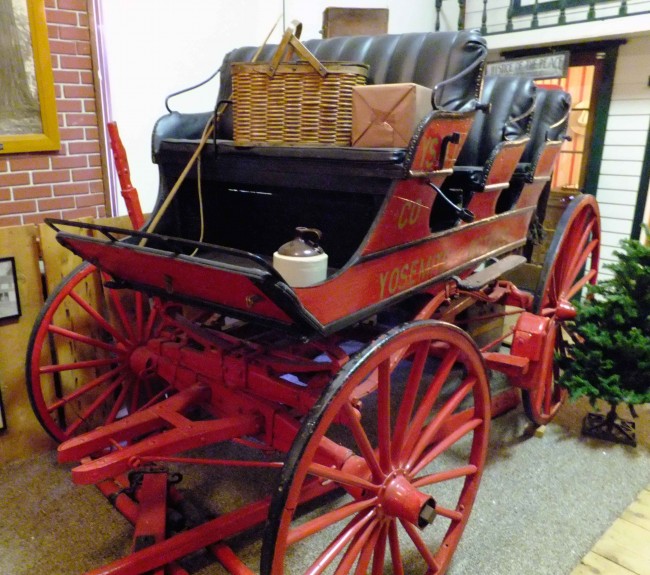






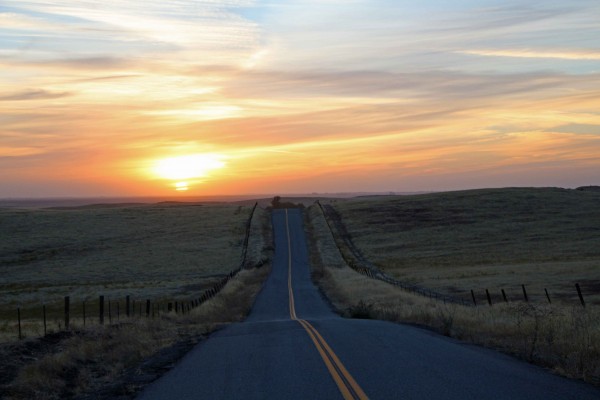


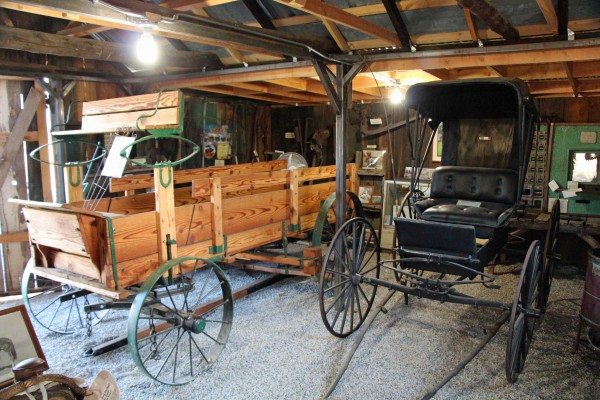




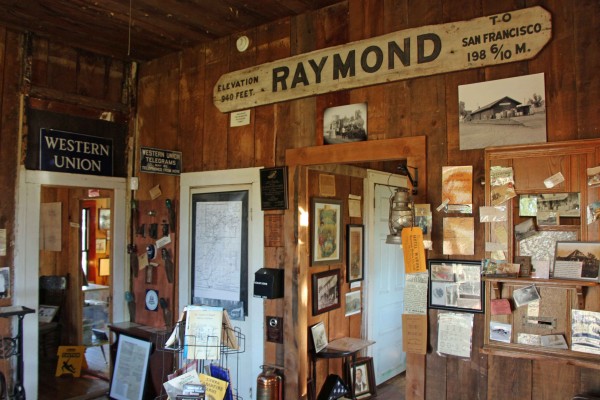





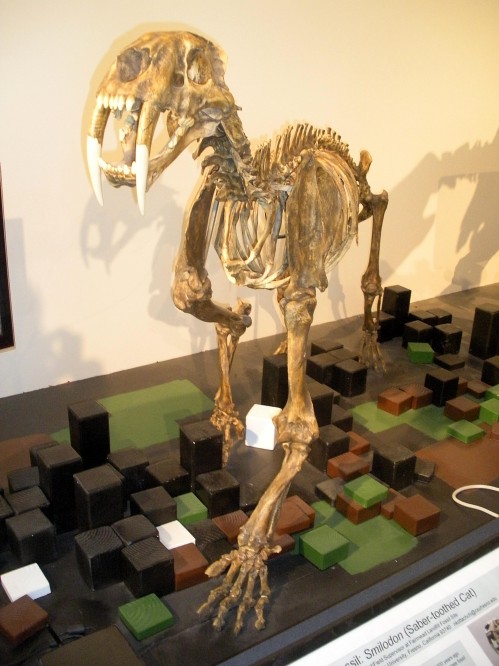

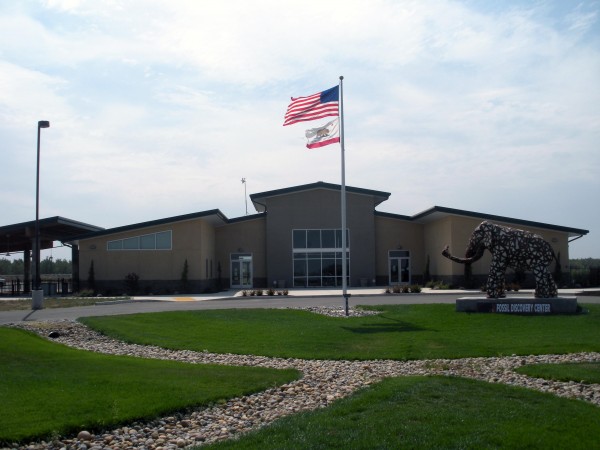










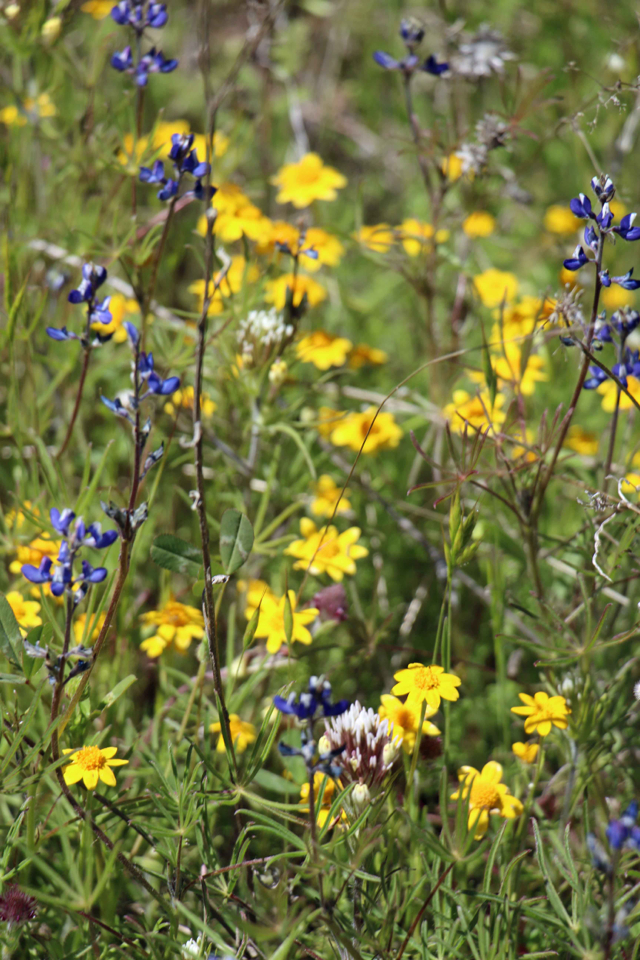
Adam Blauert, a high school teacher and avid outdoors enthusiast, has dedicated the majority of his life to Merced County. His passions include fishing, backpacking, delving into local history, and exploring the wonders of the western states.